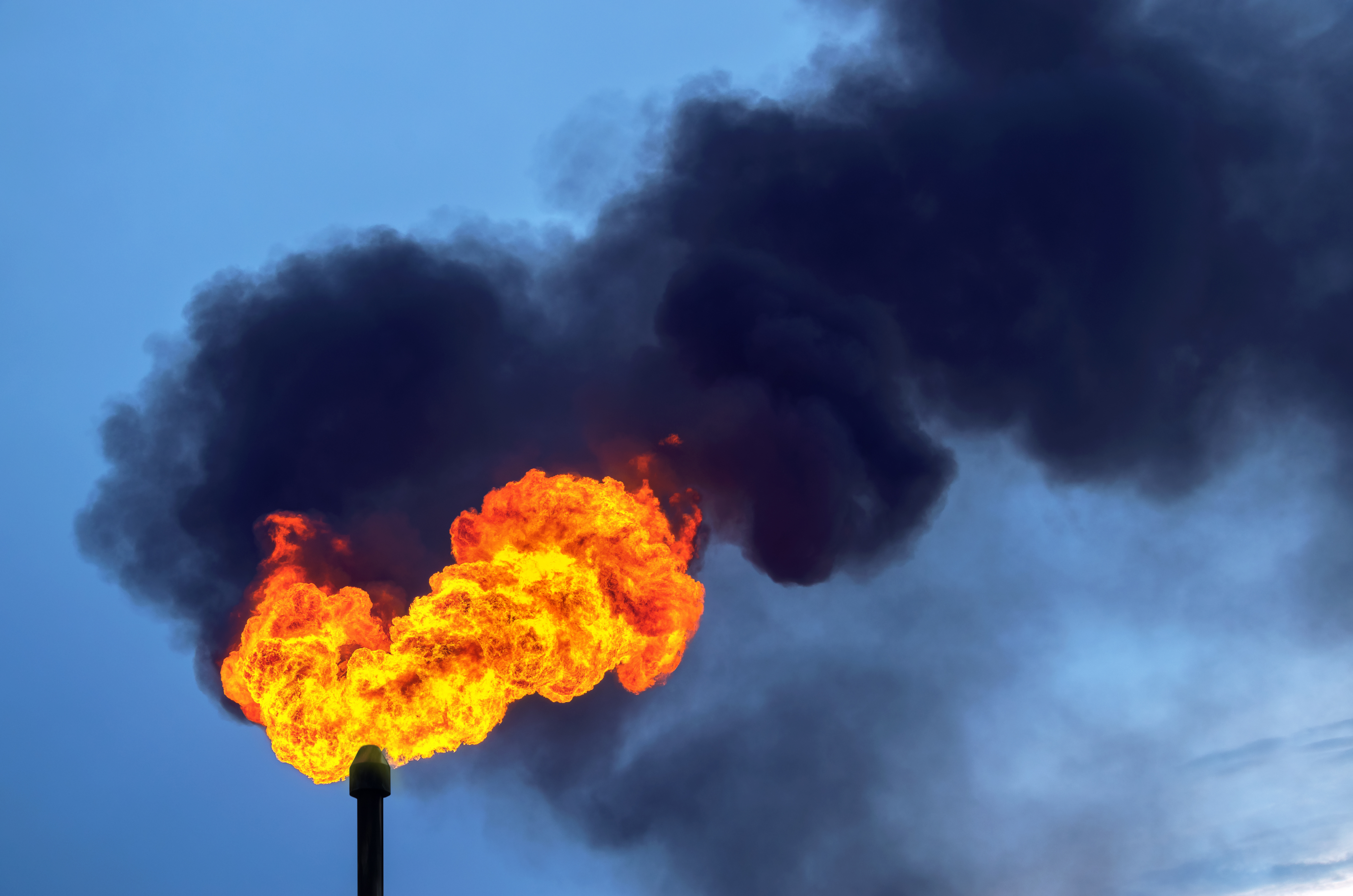Federal Government Releases Draft Rules to Reduce Methane Emission in Oil and Gas Sector

On May 25, 2017, the federal government released a draft of the Regulations Respecting Reduction in the Release of Methane and Certain Volatile Organic Compounds (Upstream Oil and Gas Sector). The proposed regulations aim to reduce intentional and unintentional methane emissions by imposing restrictions on production processes and equipment in the oil and gas industry. The draft rules included in the proposed regulations are intended to help meet Canada’s domestic and international obligations outlined in the The pan-Canadian framework on clean growth and climate change, the Joint Statement on Climate, Energy and Arctic Leadership, and the Paris Agreement.
Why regulate methane?
According to the “Technical backgrounder” published along with the proposed regulations, the oil and gas sector is Canada’s largest industrial producer of methane, a potent natural gas which accounts for 15% of the nation’s total greenhouse (GHG) emissions. Methane packs a powerful short-term punch, with a heat-trapping capacity of more than 80 times that of carbon dioxide over a 20-year span. In addition, many methane emissions are the result of unintentional leaks that are relatively inexpensive to remedy. The opportunity for significant reductions in GHG emissions through modest investments has made methane a near and clear target for shrinking Canada’s carbon footprint.
How will the proposed regulations work?
The proposed regulations address sources of methane emissions (venting and fugitive emissions) that are largely unregulated by existing provincial instruments, or are not captured by current provincial carbon tax regimes. Broadly, the proposed regulations aim to manage and reduce:
Direct emissions, such as facility production venting;
Venting that results from industrial processes, such as well completion by hydraulic fracturing; and
Fugitive emissions resulting from equipment leaks.
The proposed regulations introduce monthly limits on vented volumes for certain facilities, as well as mandatory leak detection and repair (LDAR) programs, which include timeframes for corrective action. Specified facilities will be required to conserve or destroy gas that would previously have been vented. Oil and gas producers will also be required to demonstrate compliance through new record-keeping and reporting protocols.
Contravention of the rules would amount to a regulatory offence under the Canadian Environmental Protection Act (CEPA). The proposed regulations would be listed in the Regulations Designating Provisions for Purposes of Enforcement (Canadian Environmental Protection Act, 1999), which would need to be amended to include new offences pertaining to the proposed standards.
Cost-benefit analysis
The proposed regulations that were recently published include a “Regulatory Impact Analysis Statement.” One element of the “Regulatory Impact Statement” is a “Cost-benefit statement.” It states that the net benefits of the proposed regulations are calculated at approximately $12 billion. The cost of implementing the proposed regulations is estimated at $3.3 billion between 2018 and 2035. However, the proposed regulations are expected to save more than $13 billion in costs related to avoiding major climate change events, as well as costs associated with acute and chronic healthcare crises. Compliance with the regulations will also limit waste for producers who will save a total of 663 petajoules of natural gas. The conserved gas has an estimated market value of $1.6 billion – money that can be used to offset compliance costs for producers.
According to a recent news article, industry representatives are resistant to the proposed changes. Some producers note that they already have programs in place to manage fugitive emissions and worry that the proposed regulations are too prescriptive. Producers have also expressed concern regarding potential competitive impacts, particularly at a time when the United States is considering relaxing restrictions on methane.
Timeline and next steps
Introduction of the draft regulations is proposed in two phases. By 2020, qualifying facilities will be expected to have LDAR programs in place to adhere to new flaring requirements for fractured and refractured wells, and to comply with stricter technical regulations for compressors. By 2023, pneumatic equipment will need to comply with new standards and facility production venting requirements will also come into effect. Specifically, facilities with annual net gas production in excess of 550,000 m³ or with annual gas sales greater than 10,000 m³ will be required to conserve vented gas. Facilities with lower production or sales will be required to destroy vented gas.
The timeline for full implementation of the regulations was originally set for 2020, but has since been pushed back to 2023. Industry representatives may advocate to extend the implementation deadlines. Government officials, however, have observed that the regulations are critical to achieving the nation’s commitment to a 40-45% reduction in methane emissions over 2012 levels by 2025.
Environment and Climate Change Canada will be accepting comments on the proposed regulations until July 27, 2017.

